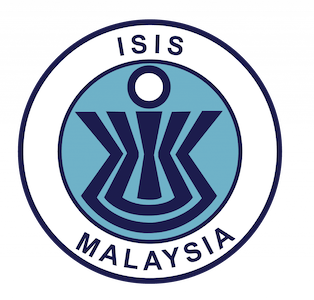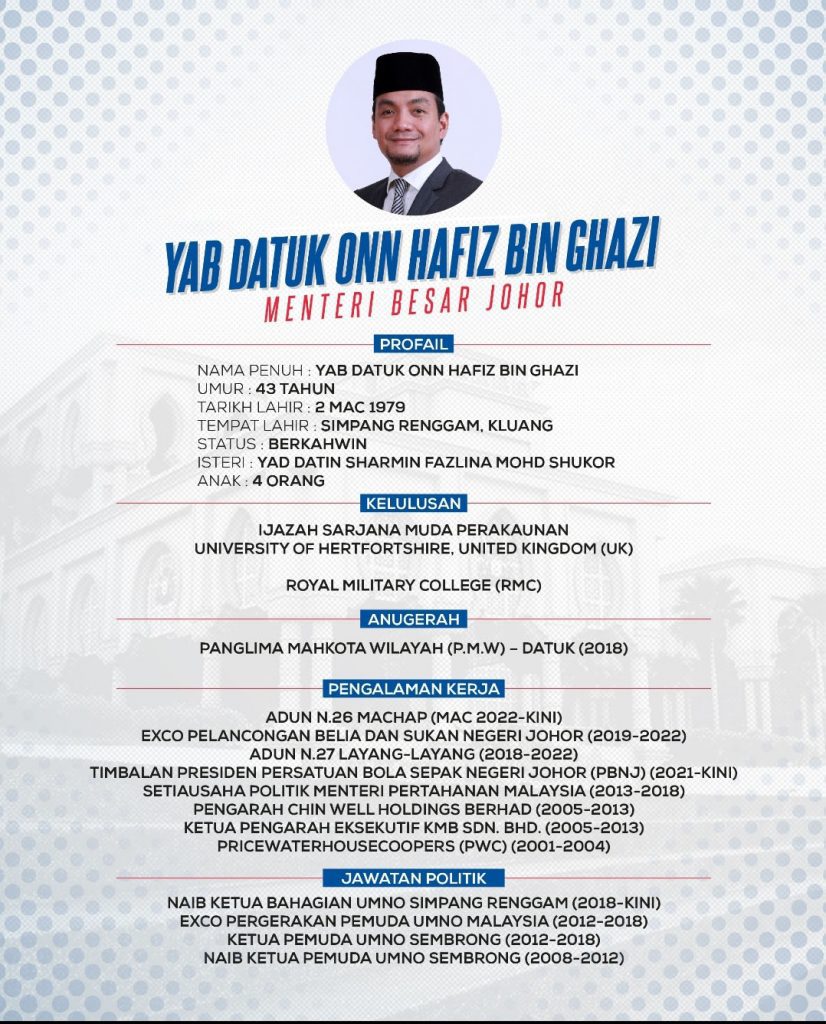AMONG once-fashionable terms, “borderless world” must be one of the least relevant today. Borders are at least as important now as they had ever been. Border disputes and conflicts over territory are still very much in vogue. Distance and proximity also matter. Goods and people still have to be transported over land and sea.
More than two millennia ago, traders traversing vast distances along the Silk Road contributed to the growth of Asian and European civilisations. China, at the very heart of this economic artery, thrived as the “Middle Kingdom.” It was both conduit and catalyst for the rise of Asia and Europe as well as close relations between them.
Internally, ancient China was also capable of feats like the Great Wall, one of the Wonders of the World and among history’s most massive infrastructure projects. Although the iconic wall as barrier may seem to contradict the Silk Road that connected peoples, one of the Great Wall’s purposes was to secure the Silk Road and its legitimate travellers from bandits.
Trade was paramount and still is. Colossal infrastructure was needed to support extensive trade, and continues to be. In 2013, China launched the “One Belt, One Road” megaproject or Obor, involving a New Silk Road to reconnect East Asia with western Europe across the vast Eurasian land mass. This will incorporate the Silk Road Economic Belt and the 21st-century Maritime Silk Road, comprising six component economic corridors: China-Mongolia-Russia, China-Indochina Peninsula, Bangladesh-China-India-Myanmar, China-Pakistan, China-Central Asia-West Asia, and the New Eurasia Land Bridge.
Obor will also link to such entities as the Yangtze River Economic Belt and the Russian-led Eurasian Economic Union (EEU) for larger synergies. Covering 65 countries and territories in Asia, Africa and Europe, Obor will reportedly impact on some 4.4 billion people, or 60% of the world’s population. It will comprise nearly 120 projects involving some US$225bil (RM903bil) at current value. Obor will be the most massive infrastructure project in the world. Its costs and benefits will also be of a comparable scale.
The Silk Road Economic Belt alone will link Xian to the Tajik capital Dushanbe, then further westward to Moscow, then Rotterdam and Venice. Further south, the 21st Century Maritime Silk Road will link Fuzhou across the South China Sea to Jakarta, up the Malacca Straits to Colombo, Kolkata, then Nairobi, Athens and Venice. The various component economic corridors link a whole host of more towns, cities and communities. Scores of ports, airports, highway networks and high-speed rail links will be constructed or upgraded.
In South-East Asia, Obor would accommodate and complement Asean’s efforts at building regional connectivity. As it was with the old Silk Road some 2,000 years ago, Obor’s main themes and motivations are economic: to promote trade and investment between major points on much of the world map. There are other motivations, of course. As it was before, cultural exchanges will be encouraged and developed.
But some countries still wary of China’s growth see a strategic angle implicit in Obor’s geopolitical configuration. At a recent conference in Ulaanbaatar, a Japanese participant acknowledged Obor’s benefits but also expressed concern about its strategic implications. But nobody else was listening. Most participants were content with awaiting the opportunities that Obor was expected to deliver. Where there were concerns, they were about other issues.
The Europeans were worried about the risk of environmental degradation that construction of the major infrastructure projects of the various corridors could entail. When pressed on the strategic issues, Europeans in general would murmur about how the megaproject should be more of a collective effort with equitably shared benefits. Obor’s clear strategic implication is that China will be the country at its core. Is that enough to be of any legitimate concern? Nobody has an alternative plan or interpretation of Obor, much less “a better idea.” Any circumspection has also not developed beyond some doubts that could be dispelled with more information.
That indicates one of Obor’s weaknesses: not enough detailed information has been made available beyond the platitudes and feel-good gestures. Requests for more details or anything like a blueprint typically result in getting a copy of Vision and Actions on Jointly Building Silk Road Economic Belt and 21st-Century Maritime Silk Road, a policy document issued by China’s Foreign Ministry.
Although this is the nearest thing to a blueprint for Obor, it is still lacking in details.
This situation suggests that Beijing is satisfied with only providing the broad themes of the big picture, leaving provisional authorities, the private sector and other interests to fill in the blanks. By the same token, the scores of countries and territories outside China covered by Obor should also act to provide the details that are still missing. This would help ensure that the costs and benefits which accrue would be more equitable and acceptable.
It is not only common sense but also smart forward planning that has to begin now. It makes no sense to languish in apathy and complaint mode, doubting the benefits of Obor by doing nothing to co-design it. Funding is a key issue, particularly given the enormous costs involved, so the likely financial resources need to be examined carefully. Even a cash-rich China cannot afford to fund Obor entirely on its own, despite its deep pockets. Besides multilateral projects like Obor, China also has financial commitments in other countries on a bilateral basis.
Some of the necessary resources at least will have to come from other countries. This issue has been contributing to doubts that some countries still have about acceding to Obor. When earlier reports suggested that the China-led Asian Infrastructure Investment Bank (AIIB) would be instrumental in financing Obor, Beijing baulked.
Perhaps, it had quietly planned for the AIIB to finance projects in other regions of the world. Or perhaps it did not want to spook countries with no place in Obor that were still mulling over whether to join the AIIB. Alternatively, China may have other financial institutions in mind for Obor – but what are they? One possibility is the New Development Bank, or BRICS (Brazil, Russia, India, China, South Africa) bank.
But that would be an unlikely or limited source, since Obor concerns only three of the five countries. More specifically, Obor’s designated financial institution is the state-owned Silk Road Infrastructure Fund. But this is also of limited utility, since at its launch in 2014, Beijing allocated only US$40bil (RM160bil), or less than 18% of Obor’s projected costs.
Another challenge facing Obor on the ground, or in the water, is China’s assertive posture over disputed territory in the South China Sea. This is the precise location of the 21st Century Maritime Silk Road, which requires close collaboration with other countries including rival claimant states. The Philippines had taken its dispute with China to the Permanent Court of Arbitration at the Hague, which ruled against China’s claims. But with a new, more conciliatory government in Manila, the prospect for negotiations has improved substantially.
The hope of better regional relations, and of Obor in South-East Asia, now hinges on the progress of relations between China and claimant countries like the Philippines.
Evidently, borders, territory and sovereignty continue to be as significant today as trade and development.
Article by Bunn Nagara which appeared in The Star, August 28, 2016.





